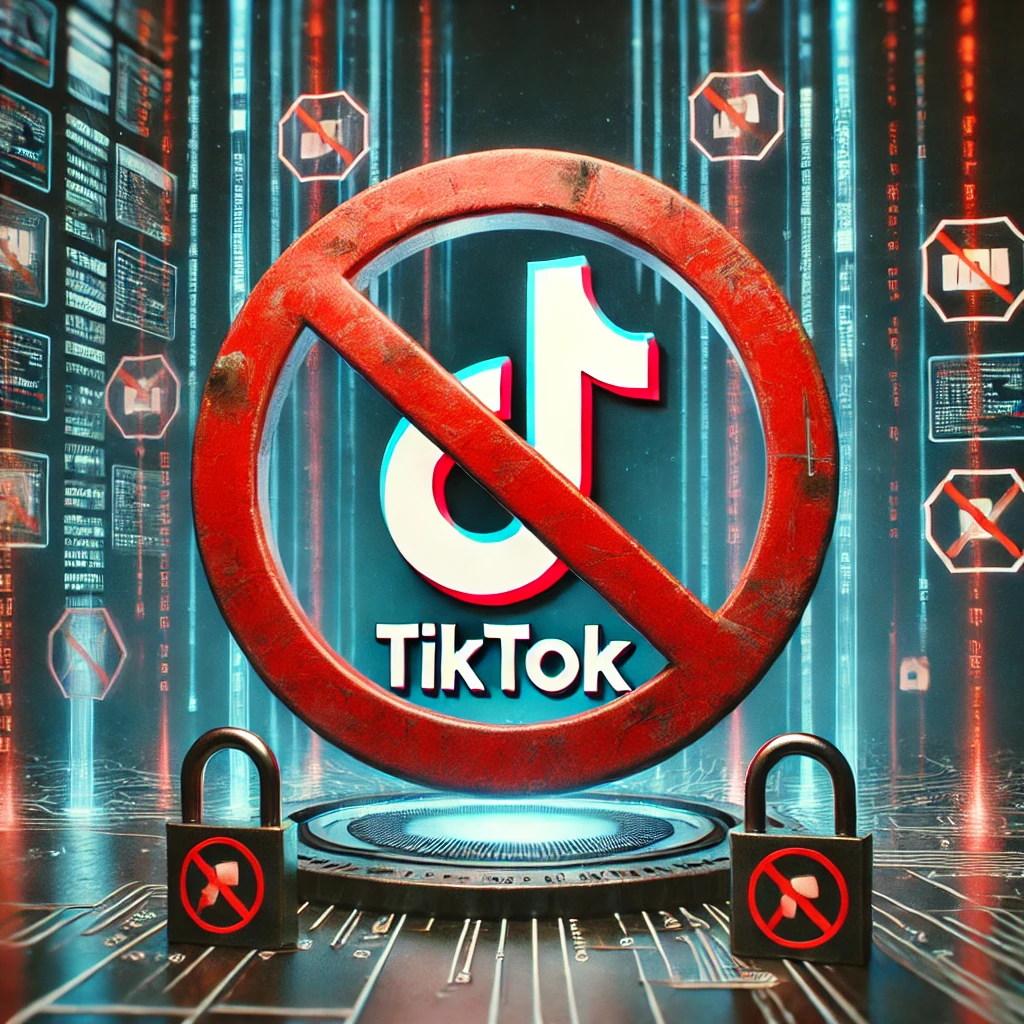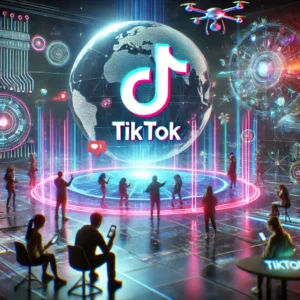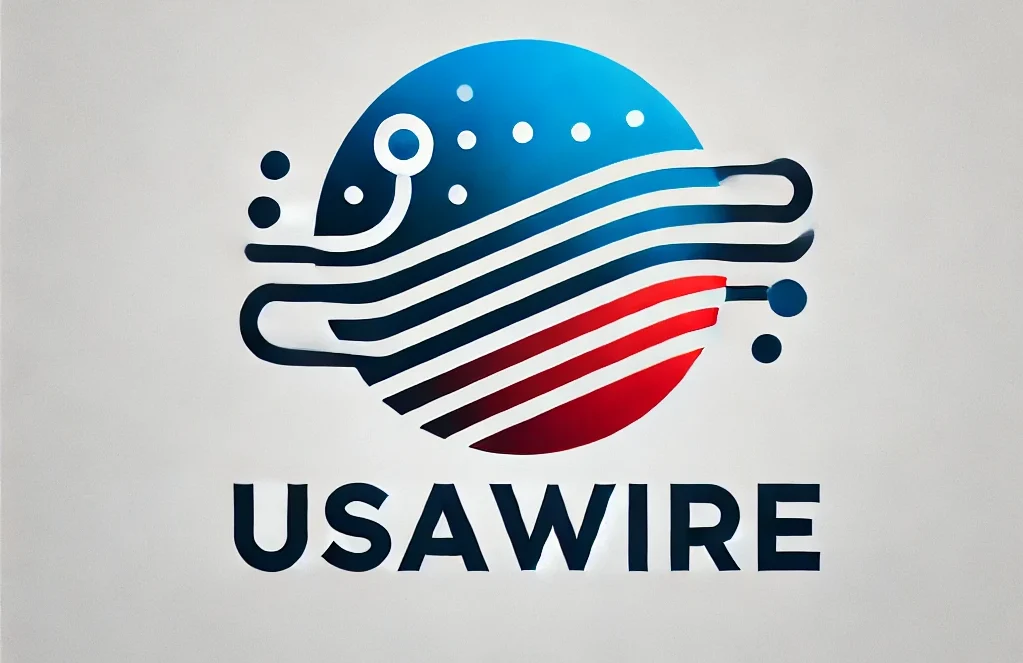
In recent years, TikTok has risen to become one of the most popular social media platforms globally, with over a billion active users. However, its success has been overshadowed by ongoing controversies surrounding privacy, data security, and national security. Several countries have either banned TikTok outright or imposed restrictions on its usage, sparking debates on censorship, technological independence, and user privacy. This blog explores the reasons behind the TikTok bans, the countries involved, and what this means for the future of the app and its users.
The Origins of the TikTok Ban Debate
TikTok, developed by the Chinese company ByteDance, allows users to create and share short videos, often featuring lip-syncing, dancing, or comedic content. Despite its entertainment value, TikTok has faced scrutiny for its ties to China. Critics argue that the platform collects vast amounts of user data and that ByteDance, under Chinese laws, could be compelled to share this data with the Chinese government.
Key Concerns Driving TikTok Bans:
1. Data Privacy: TikTok collects a significant amount of user information, including location data, browsing habits, and device information. Critics claim this data could be accessed by the Chinese government, posing a risk to national security.
2. Content Moderation: The platform has been accused of censoring content unfavorable to the Chinese government, raising concerns about freedom of expression.
3. Youth Safety: With a primarily younger audience, TikTok has faced backlash for exposing users to inappropriate content, online predators, and mental health risks.
4. Economic Protectionism: Some argue that bans on TikTok are driven by a desire to protect domestic tech companies from competition with this rapidly growing foreign-owned platform.
Countries That Have Banned or Restricted TikTok
Several nations have taken action against TikTok, either temporarily or permanently, for reasons ranging from security concerns to societal impacts:
1. India
India was one of the first countries to ban TikTok in June 2020, citing national security concerns amid escalating tensions with China. Along with TikTok, the government banned over 50 other Chinese apps. The move was seen as both a security measure and a political statement during a border dispute between the two nations.
2. United States
The U.S. has had an ongoing debate about TikTok’s potential threats to national security. During the Trump administration, efforts were made to ban the app unless its U.S. operations were sold to an American company. While these attempts failed, concerns remain, and some states have banned TikTok on government devices.
3. Australia
Australia has implemented restrictions on TikTok use among government officials, citing concerns about data security. While there hasn’t been a nationwide ban, discussions continue about the platform’s implications for national security.
4. European Union
The EU has raised alarms about TikTok’s data practices, urging greater transparency. Some EU nations have restricted the app’s use among government employees, reflecting broader concerns about user privacy and Chinese influence.
5. Pakistan
Pakistan has intermittently banned TikTok due to allegations of hosting “immoral” and “indecent” content. These bans are often temporary and have been lifted after the platform promises to implement stronger content moderation measures.
The Implications of TikTok Bans
1. For Users
A TikTok ban disrupts the social connections and creative outlets that millions of users enjoy. Many content creators, especially influencers, rely on TikTok for their livelihood. A ban forces them to migrate to alternative platforms, which may not offer the same reach or engagement.
2. For Governments
Banning TikTok allows governments to assert their sovereignty over digital spaces and protect national security. However, these measures can also be seen as overreach, stifling innovation and the free exchange of ideas.
3. For the Tech Industry
TikTok bans have broader implications for the global tech landscape. They signal an era where technology and geopolitics are increasingly intertwined, with countries prioritizing digital independence. The bans also highlight the growing tensions between Western nations and China in the technology sector.
Alternative Platforms to TikTok
With TikTok bans in place, users and creators often turn to alternative platforms for content sharing. Popular substitutes include:
Instagram Reels: A feature within Instagram that mimics TikTok’s short-video format.
YouTube Shorts: Google’s response to TikTok, offering a similar video experience.
Triller: A U.S.-based platform often seen as a direct competitor to TikTok.
Snapchat Spotlight: A feature that allows creators to share short videos with a focus on viral content.
These alternatives provide opportunities for users to continue creating and consuming content while addressing some of the concerns raised about TikTok.
The Future of TikTok

TikTok’s future remains uncertain as governments and regulators worldwide debate its place in the digital ecosystem. ByteDance has made efforts to address concerns by storing user data locally and partnering with U.S.-based companies. However, whether these measures are enough to restore trust remains to be seen.
Key Questions Moving Forward:
Can TikTok prove its independence from the Chinese government?
Will stricter regulations or transparency measures be enough to satisfy concerned nations?
How will geopolitical tensions influence the fate of global tech platforms?
Conclusion
The TikTok ban debate reflects broader issues of privacy, national security, and the role of technology in society. While the platform provides entertainment and connection for billions, its ties to China and data practices have raised legitimate concerns. As governments navigate this complex issue, it’s essential to strike a balance between protecting citizens and fostering a free, innovative digital space.
For TikTok users and creators, the key is to stay informed and adaptable. Whether TikTok continues to thrive or faces further restrictions, the demand for creative and engaging content will always remain.






